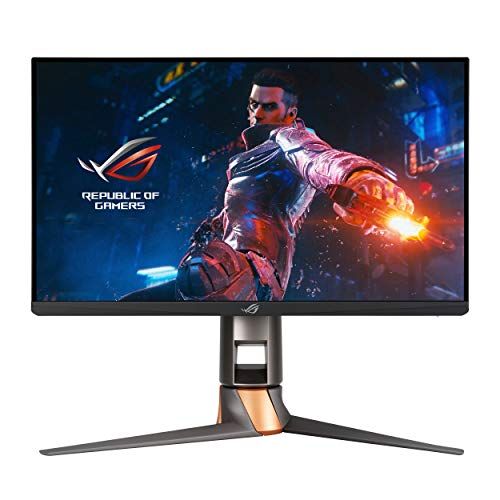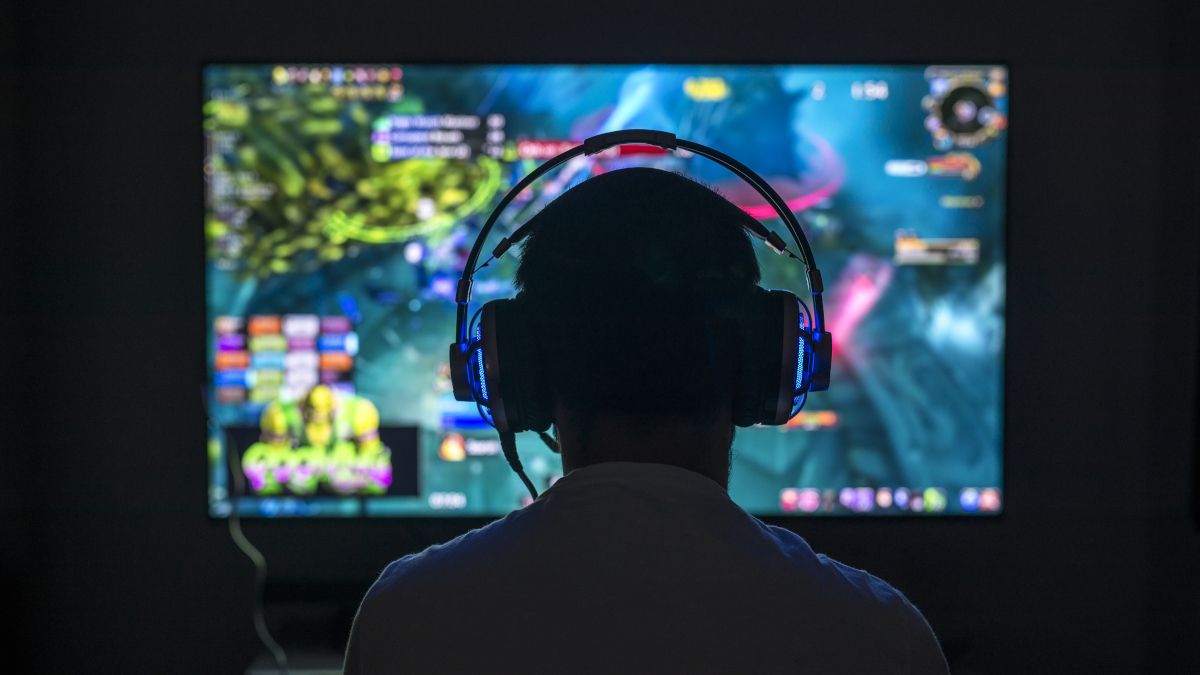Quick Links
Playing video games on a 60Hz puts you at a huge disadvantage as a gamer, both competitively and aesthetically. Here's why you should upgrade to at least a 120Hz monitor to significantly improve your gaming and overall experience.
The Rookie Mistake
A refresh rate is the number of times your monitor updates the image on-screen per second, and they're measured in Hertz (Hz). Most monitors, especially non-gaming ones, are only 60Hz. This isn't enough frames per second to give you the smooth gameplay that makes gaming enjoyable. Simply put, the higher your frames, the better your game will look and feel.
Before we dive more into why you should upgrade from a 60Hz monitor, do a quick check to ensure you've set your monitor to the highest refresh rate. There's a small chance you purchased or received a monitor capable of over 60Hz but forgot to change the setting. There's absolutely no harm in using the highest refresh rate, so go ahead and do it!
How Increased Frame Rates Improve Your Experience
If you've always used a 60Hz monitor for gaming and general computer use, you need to give a monitor with at least 120Hz a try. Nowadays, you can find monitors with 120Hz to 165Hz at around the same price range. Of course, monitors with a high refresh rate will usually be more expensive, but it depends on the other features.
Most people enjoy playing video games because of their immersive nature and stellar graphics. Playing on 60Hz won't do the game any justice. You'll see an astounding difference when upgrading to at least 120Hz. Your monitor is now refreshing your screen twice as fast, so you're seeing double the frames per second.
Not only does this make the game much smoother and more responsive, but it also gives you a competitive advantage. In first-person shooters, you'll be able to see your opponents slightly faster than those with lower rates. Of course, other factors such as input lag still need to be accounted for.
Upgrading above 60Hz not only improves your gaming experience but also makes using your computer more pleasant for general use. It benefits those who enjoy watching movies or doing work that requires a lot of motion or scrolling. You'll notice that there's less motion blur and smoother motion, which can be very satisfying.
Limitations
One of the main limitations to be aware of is that your computer needs to be powerful enough to deliver high frame rates that match your monitor's refresh rate. So, even if you have a beastly 360Hz monitor, you won't be able to take full advantage of it if your computer can only render 120 frames per second. In other words, you'll only be able to see 120 frames out of the 360.

ASUS ROG Swift 360Hz Gaming Monitor
This beast of a gaming monitor has a refresh rate of 360Hz on a 24.5-inch display with a one-millisecond response time.
When it comes to gaming, there are many things you can do to improve frame rates. For starters, try playing on the lowest settings possible. Generally, you want to invest more in your computer's hardware than you do your monitor. There's no point in using a high refresh rate monitor with a low-end computer.
Additionally, the noticeable difference in going from 60Hz to at least 120Hz is enormous. And then it's substantial from 120Hz to at least 240Hz. Upgrading from 240Hz to higher refresh rates will still give you a competitive edge, but the noticeable difference will be tiny. Some people may not notice a difference at all. So, if you're looking for the best bang for your buck, we recommend upgrading to at least 120Hz.
Multiple Monitors
Do you use multiple monitors for your setup? If so, you don't need to match the refresh rates of all your monitors. You just need one high refresh rate monitor for your main activities, such as gaming and work. Your other monitors can be 60Hz as you won't use them nearly as much as your main monitor.
It's also highly unlikely that you'll need to play multiple games on multiple monitors with high refresh rates. Gaming monitors aren't necessarily cheap, so we only recommend upgrading one to improve your overall experience. A great alternative to using multiple monitors is getting an ultrawide model, such as the Sceptre 34 inch 144Hz UltraWide, with a 21:9 aspect ratio.
With these wide monitors, you can split your screen using Windows Snap Assist or software like DisplayFusion to create virtual screens. These will make it feel as if you're using multiple monitors, which is perfect for an ultrawide since the image will be consistent. This is better than multiple monitors with different refresh rates and image quality.

